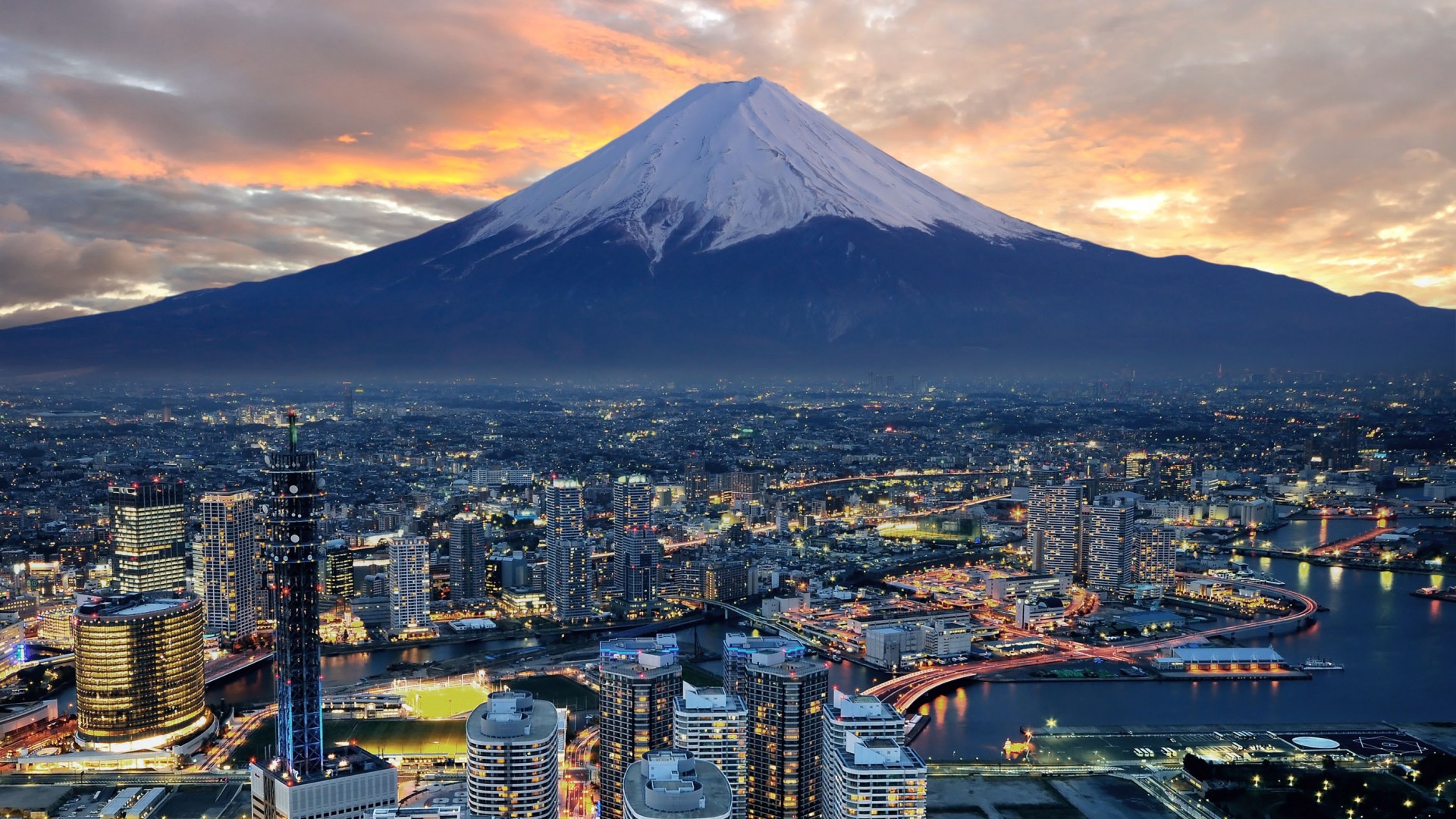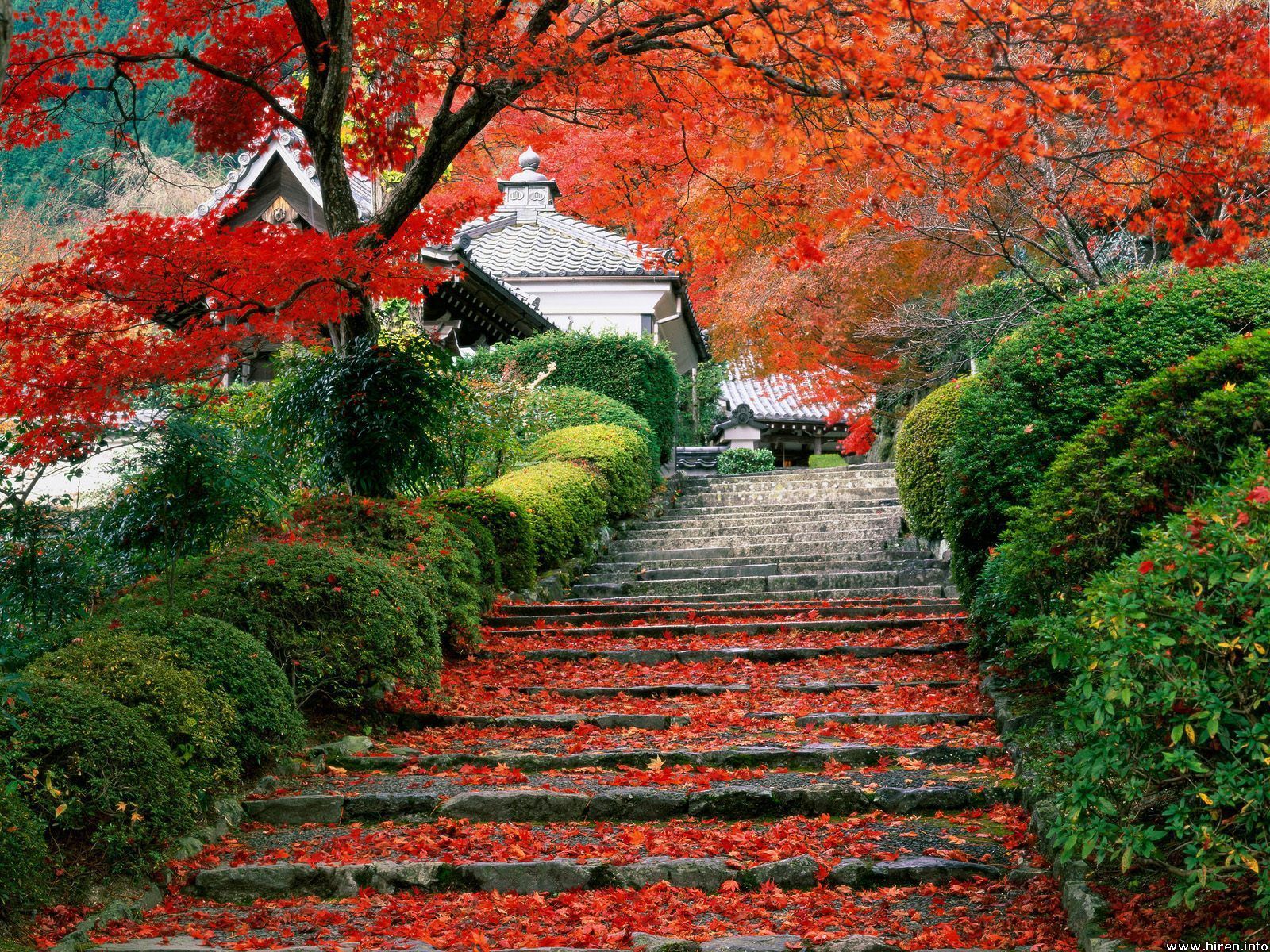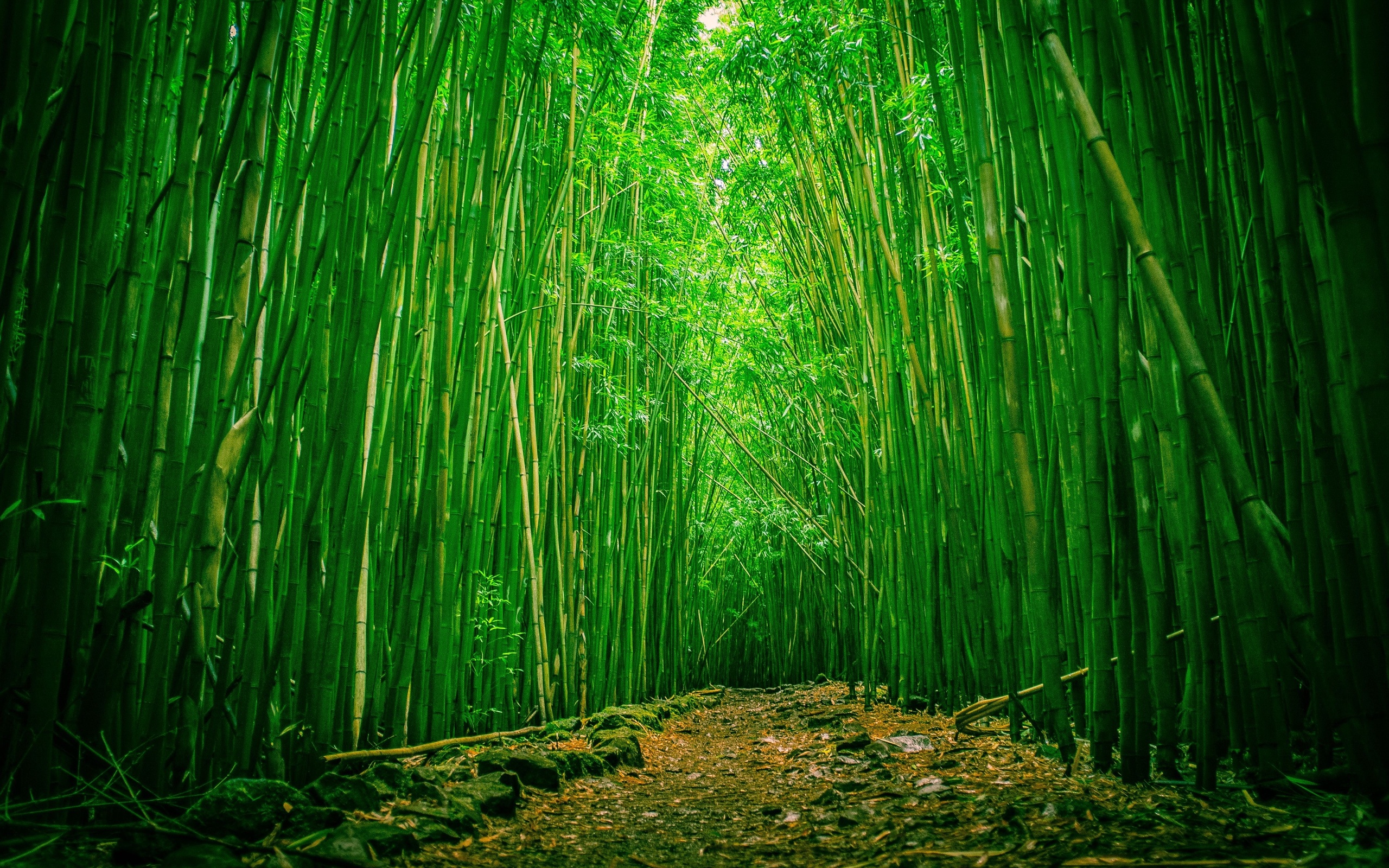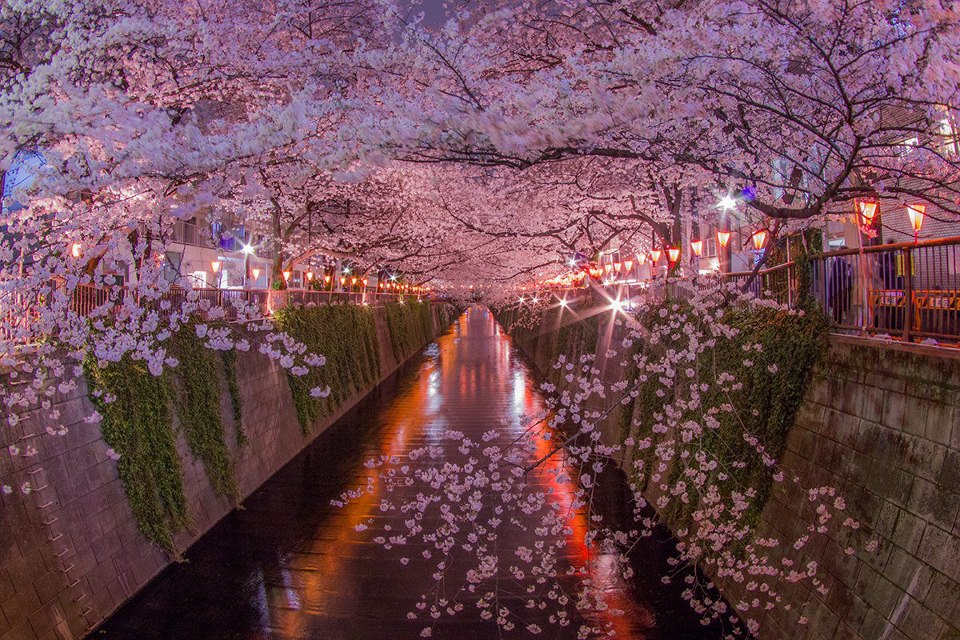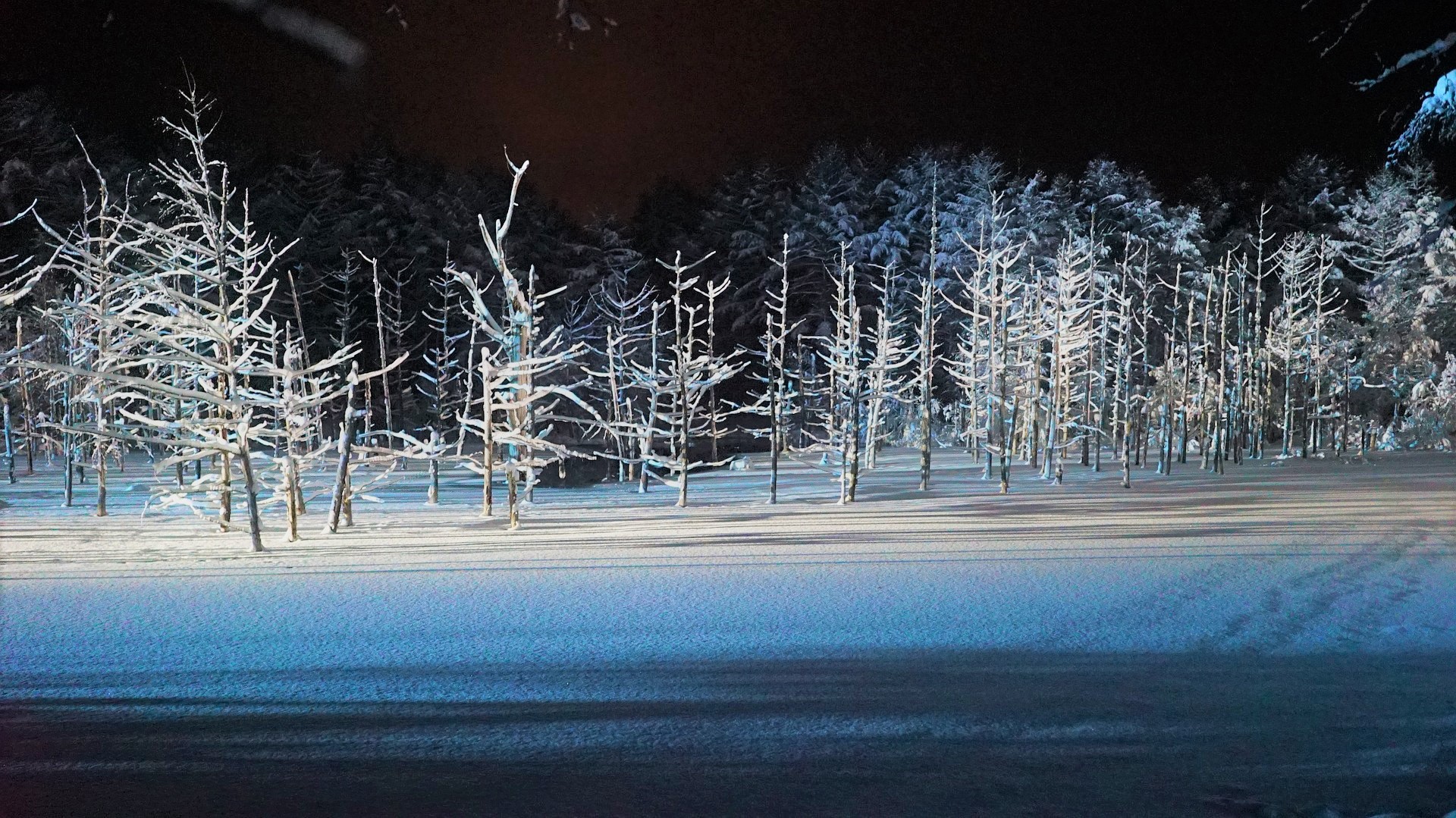Japan| Facts and History
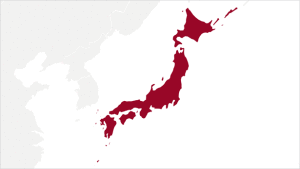 Few nations on Earth have had a more colorful history than Japan. Settled by migrants from the Asian mainland back in the mists of prehistory, Japan has seen the rise and fall of emperors, rule by samurai warriors, isolation from the outside world, expansion over most of Asia, defeat and rebound.
Few nations on Earth have had a more colorful history than Japan. Settled by migrants from the Asian mainland back in the mists of prehistory, Japan has seen the rise and fall of emperors, rule by samurai warriors, isolation from the outside world, expansion over most of Asia, defeat and rebound.
One of the most war-like of nations in the early twentieth century, today Japan often serves as a voice of pacifism and restraint on the international stage.
Capital and Major Cities:
Capital: Tokyo, population 12, 790, 000 (2007)
Major cities: Yokohama, population, 3,632,000
Osaka, population 2,636,000
Nagoya, population 2,236,000
Sapporo, population 1, 891,000
Kobe, population 1,529,000
Kyoto, population 1,465,000
Fukuoka, population, 1,423,000
Government
Japan has a constitutional monarchy, headed by the Emperor. The current emperor is Akihito; he wields very little political power, serving primarily as the symbolic and diplomatic leader of the country.
The political leader of Japan is the Prime Minister, who heads the Cabinet. Japan’s bicameral legislature is made up of a 480-seat House of Representatives, and a 242-seat House of Councillors.
Japan has a four-tier court system, headed by the 15-member Supreme Court. The country has a European-style civil law system.
Population:
Japan is home to about 127,500,000 people. Today, the country suffers from a very low birth rate, making it one of the most rapidly aging societies in the world.
The Yamato Japanese ethnic group comprises 98.5% of the population. The other 1.5% includes Koreans (0.5%), Chinese (0.4%), and the indigenous Ainu (50,000 people). The Ryukyuan people of Okinawa and neighboring islands may or may not be ethnically Yamato.
An estimated 360,000 Brazilians and Peruvians of Japanese origin have also returned to Japan, most famously former Peruvian President Alberto Fujimori.
Languages:
The vast majority of Japan’s citizens (99%) speak Japanese as their primary language.
Japanese is in the Japonic language family, and seems to be unrelated to Chinese and Korean. However, Japanese has borrowed heavily from Chinese, English and other languages. In fact, 49% of Japanese words are loan-words from Chinese, and 9% come from English.
Three writing systems coexist in Japan; hiragana, used for native Japanese words, inflected verbs, etc; katakana, used for non-Japanese loanwords, emphasis, and onomatopoedia; and kanji, which is used to express the large number of Chinese loan-words in the Japanese language.
Religion:
95% of Japanese citizens adhere to a syncretic blend of Shintoism and Buddhism. There are minorities of under 1% Christians, Muslims, Hindus, and Sikhs.
Shinto is the native religion of Japan, which developed in prehistoric times. It is a polytheistic faith, emphasizing the divinity of the natural world. Shintoism does not have a holy book or founder. Most Japanese Buddhists belong to the Mahayana school, which came to Japan from Baejje Korea in the sixth century.
In Japan, Shinto and Buddhist practices are combined into a single religion, with Buddhist temples being built at the sites of important Shinto shrines.
Have a question or comment about Asian History? Feel free to email me at asianhistory@aboutguide.com, write a message on the Asian History Facebook page, or tweet me @Asian_History on Twitter.
By Kallie Szczepanski
Asian History Expert
